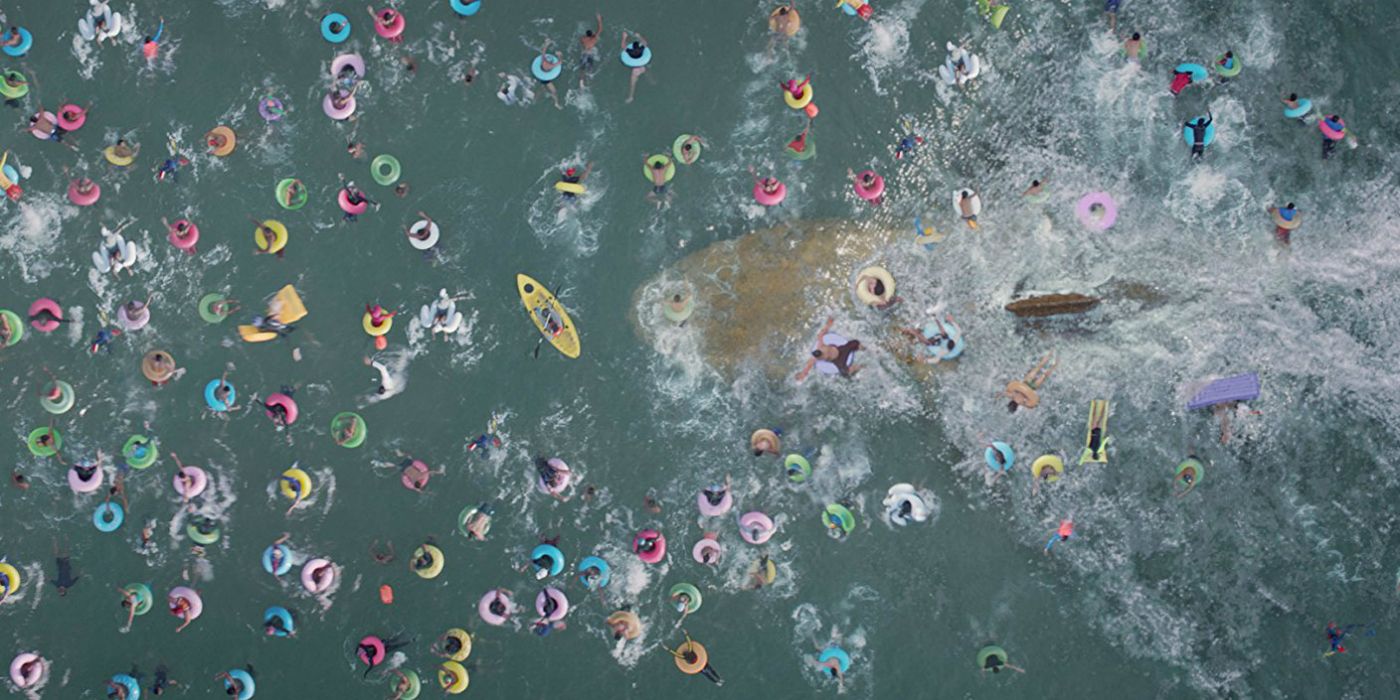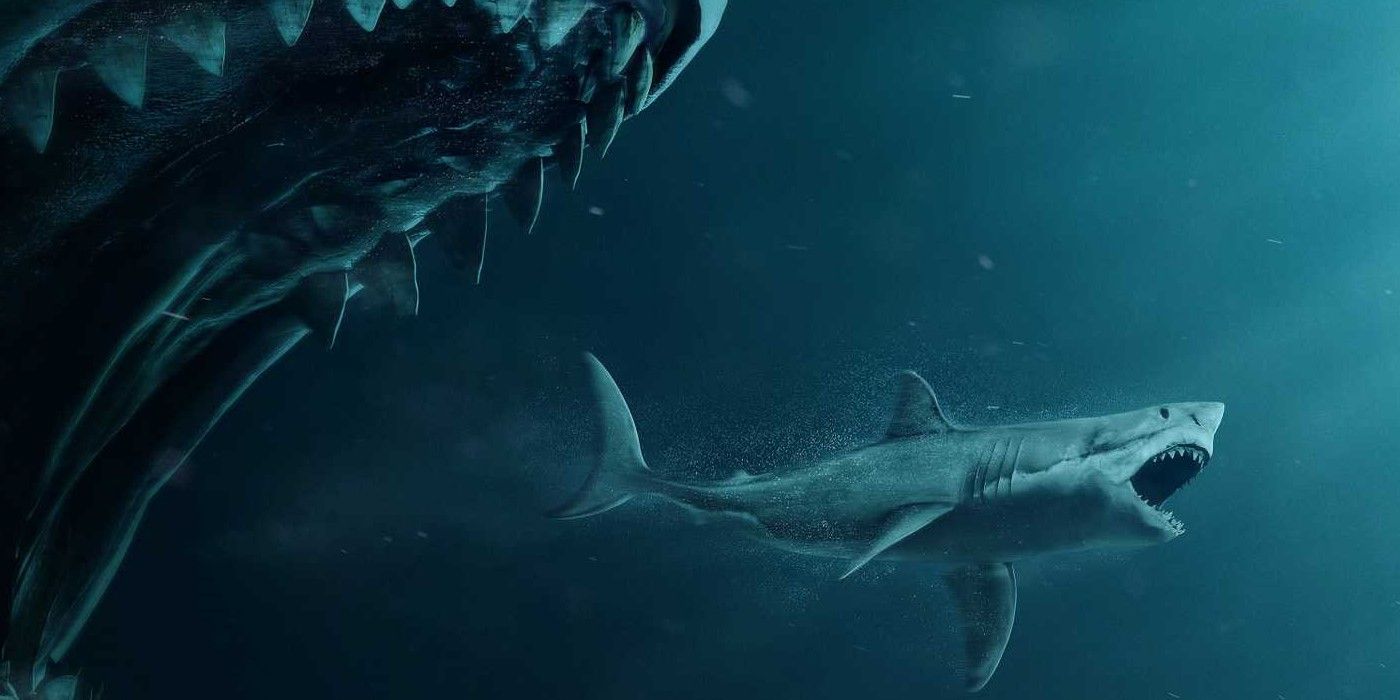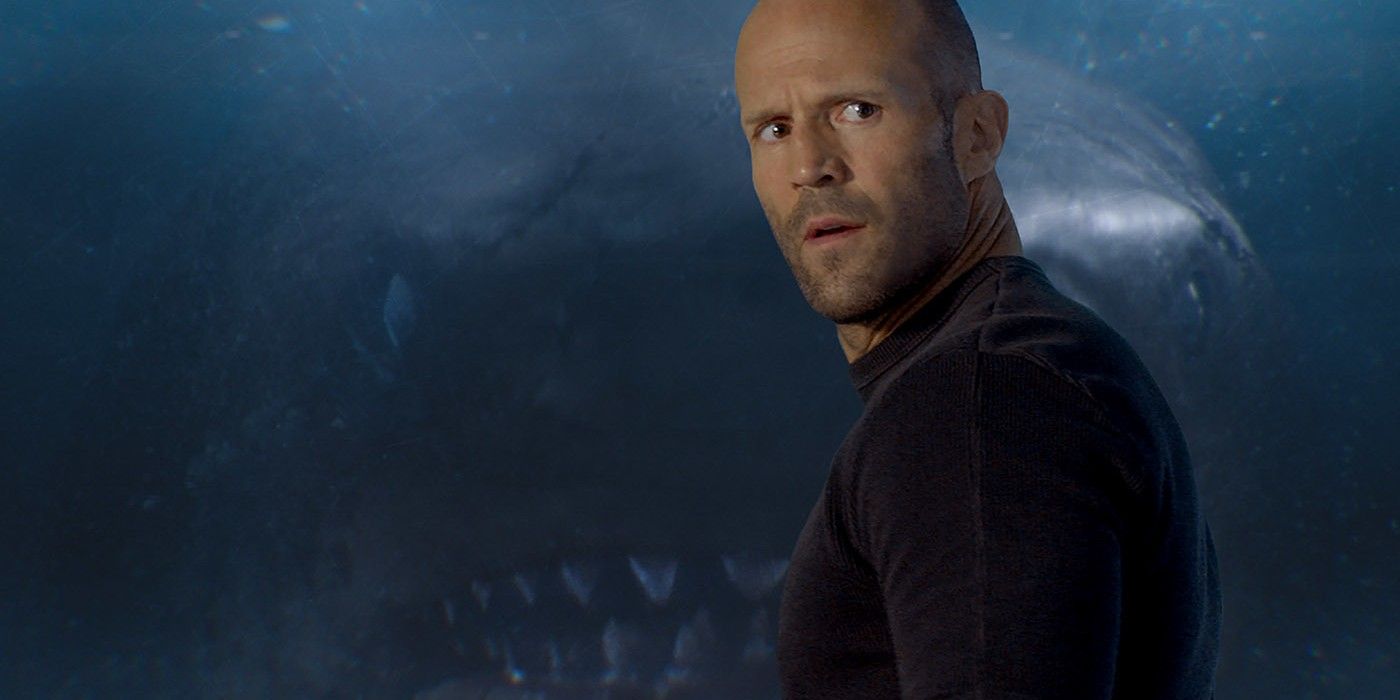Shark movies have always been a draw to movie fans ever since Steven Spielberg’s Jaws showed the potential of a well-crafted aquatic creature feature. From memorable attacks to likable main characters, Jaws set a template that many great shark movies continued to follow where others fell short. An early example of a similar success came in 1997 when Deep Blue Sea introduced intelligent sharks that challenged a cast of unique but charismatic survivors. Even still, the most unique shark movie had yet to come until 2018’s The Meg showed fans what happened when a new level of fun entered the genre thanks to the appearance of a prehistoric shark.
The Meg was based on the novel of the same name by Steve Alten and followed a research team that discovered a trench that harbored a surviving megalodon, the largest shark ever, and it was deadlier than ever as it learned to survive on the scarce food supply found in the deep ocean. But once it reached the topside, it wreaked a new level of havoc as it started to explore its new environment. Though the movie changed many factors of the shark from the book, including its appearance and hunting patterns, it also introduced a new conflict that proved the shark was never the movie’s real villain. Instead, the answer was far more complex.
Humans Were Never the Meg’s Favorite Meal
In Jaws, there was no denying that the great white shark that attacked Amity Island had developed a taste for human flesh. It was a new type of prey to hunt and satiated the shark’s hunger more than small fish ever could. As a result, the threat of the shark on the island was real, and the urgency to eradicate it made sense. In the case of the meg, the shark had no real interest in humans as they were far too small for the shark to get full from. While it proved to be a threat in the deep ocean, it mainly fed on giant squid, meaning there was no real need to feast on smaller prey.
What made the shark such an issue, more than anything, was how it disrupted the world’s ecosystem simply by existing. The fact that the shark could eat whales almost whole alone proved that the shark, while impressive in that it survived for so long, was far too dangerous to be kept alive. When compared to the shark from Jaws, the threat the meg represented became more unique as it wasn’t about the loss of life on an individual scale but stopping a global catastrophe, as eating whales alone could lead to chaos in the ecosystem, ultimately harming humanity and other land creatures.
Most Human Attacks Were Unintentional
The Meg had a clever way for its titular shark to eat human victims even though it had no interest or stomach for it, and this was teased even in the movie’s introduction. Similar to how Jaws began, The Meg had Jason Statham’s character, Jonas, try and rescue a stranded crew in a submarine. But sadly, Jonas was unable to save everyone as the sub became the target of attacks by a megalodon. Similar to the attack on Crissy Watkins in Jaws, this moment served as a way to show how deadly the shark was but also that humans were only caught in its jaws when it was already targeting larger prey. This was further proven when it fed on a giant squid later in the movie.
Once one of the smaller megs was killed in the movie, it was left hanging off the side of a boat, as it was intended to be taken back to a location to be studied. However, the baiting of the waters called a much larger meg to breach the water to take the shark as food. This led to the death of one of the main characters as he was in the water when it jumped out. It served as a prime example of how a meg, while not interested in humans, could find one in its jaws should a larger meal be present. In fact, a similar moment happened when Jack Morris, in a failed attempt to kill the meg, sought refuge on a whale carcass, only to be stuck in the middle of a massive bite from the meg. All in all, the movie perfectly crafted how the humans died due to circumstance rather than being the target of the shark. However, this wasn’t always the case, as certain instances could aggravate the shark.
Like most predators, unless threatened, the meg won’t terrorize anything smaller than it. But aside from agitation, the creature could also fall into a frenzy where the only thing on its mind was to feed on anything and everything in its path. When the meg entered a populated beach, this was perfectly shown as it initially swam past beachgoers without issue, simply looking for larger prey. However, the moment humans saw what was below them, their hysteria put the shark into a frenzy as their splashing appeared like fish in distress. Ultimately, this proved more than anything that the meg, on its own, wasn’t a physical threat, just like in the novel.
Humans Were the Meg’s Worst Enemy
There’s no doubt that the meg was a true threat in the movie and one that, in many ways, was more intimidating than the shark from Jaws. But one aspect of it that was hard to ignore was how its dangers came from its impact on the world rather than the threat it presented to individuals. In a way, its greatest crime was being alive and, with that in mind, made it so that humans may have been the true enemy of the movie, from the perspective of the shark.
Unlike Jaws, which had a shark that sought only to eat people, the meg was a creature that was just too large to be allowed to live. As audiences watched it hunt and survive as only a fish of its size could, it was more clear than ever that humans saw it as an invasive species that didn’t ask to be where it was. Had it not been for human interference, the meg likely wouldn’t have caused problems in the long run. However, with it being set free and confused and hungry, it tried to reacclimate as any living creature would, only to be hunted by enemies that, in the simplest terms, tried to clean up a mess they unintentionally made.




